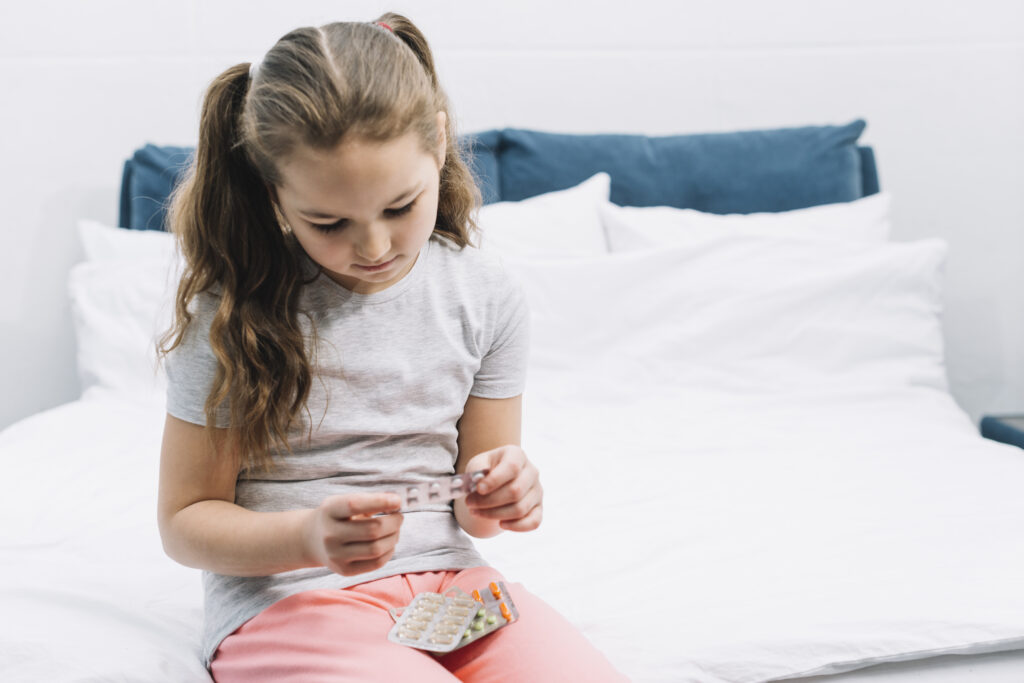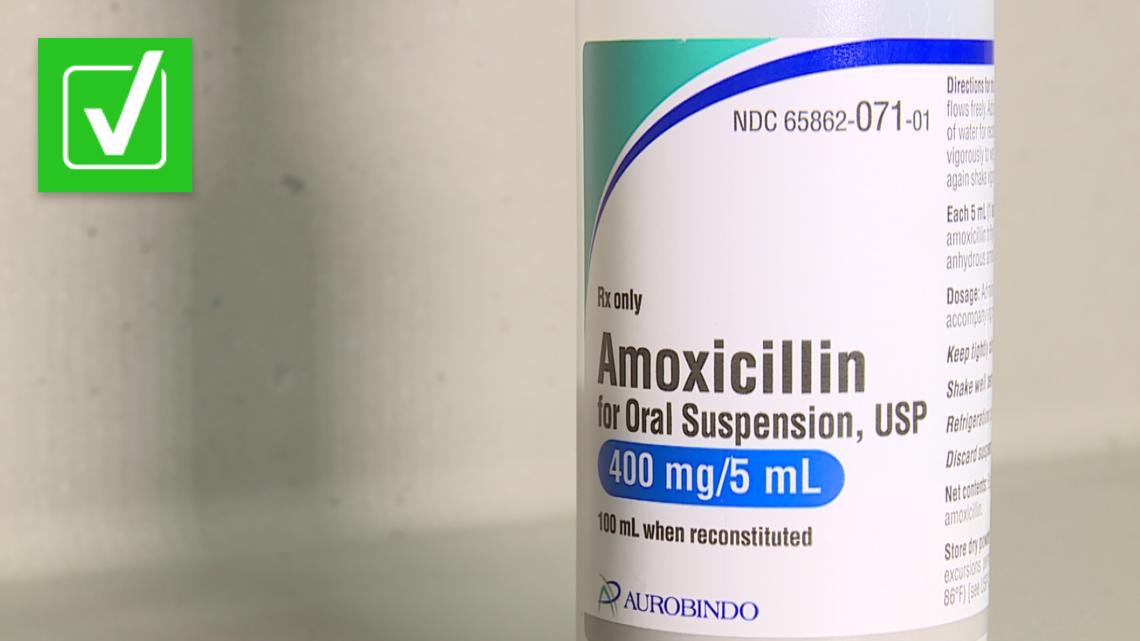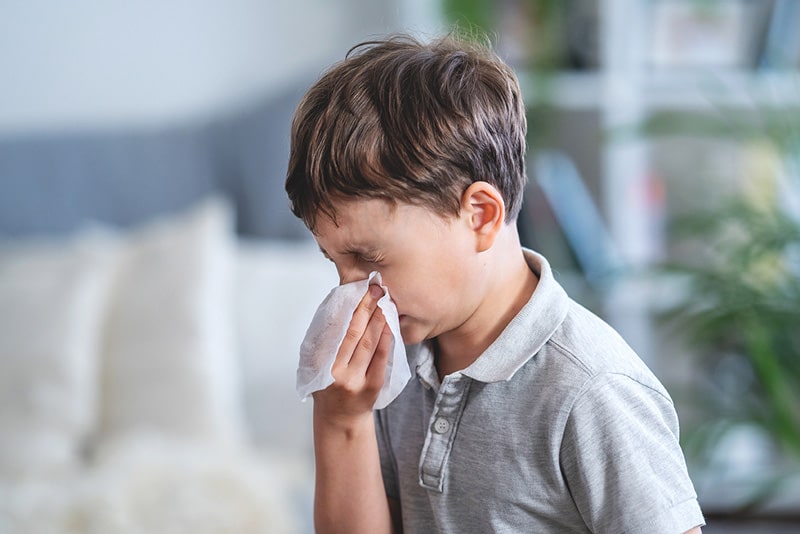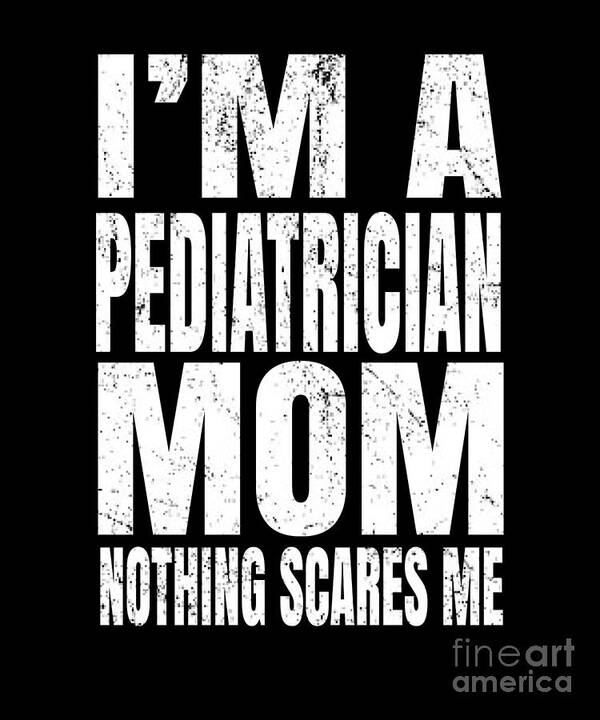As parents, there’s little that concerns us more than when our little ones aren’t feeling well. Moreover, fever and discomfort can be distressing for both child and parent. Fortunately, acetaminophen, widely known by brand names like Children’s Tylenol or Genexa, is a trusted medication for managing these common symptoms. Here at Beverly Hills Pediatrics, we understand your concerns, and consequently, this guide is designed to provide you with clear, essential information on safe and effective acetaminophen dosage for your child.

Understanding Acetaminophen Dosage: Weight is Your Child’s Dosing Compass
First and foremost, it’s absolutely crucial to remember that all medication dosages for children are determined by their weight, not their age. Although age ranges are often provided on packaging, they are merely approximations. Therefore, always refer to the dosage charts based on weight, and when in doubt, never hesitate to speak with your pediatrician. Indeed, getting the acetaminophen dosage right is vital for your child’s safety and well-being.
General Guidelines for Safe Acetaminophen Administration:
- Acetaminophen can typically be given every 4 to 6 hours as needed.
- Furthermore, it’s important not to exceed 4 to 5 doses within a 24-hour period.
- For infants under 2 months of age (or 12 weeks), however, do not administer acetaminophen without first consulting your doctor and receiving specific instructions. A fever in this very young age group always warrants immediate medical evaluation.
Accurate Acetaminophen Dosing Charts: Finding the Right Amount for Your Child
Below, you’ll find comprehensive dosing guidelines for various forms of acetaminophen. Most importantly, always use the measuring device provided with the medicine—whether it’s a syringe, dropper, or dosing cup—to ensure accuracy. In contrast, kitchen spoons vary greatly in size and are not suitable for precise medication measurement. Subsequently, these charts detail the appropriate acetaminophen dosage for different weight ranges, as recommended by pediatricians, including those here in Beverly Hills. Ultimately, ensuring the correct acetaminophen dosage prevents underdosing or overdosing.
Acetaminophen Liquid Form (160 mg/5 mL) Dosage:
This is the most common concentration of children’s liquid acetaminophen available today. Refer to this chart for the precise acetaminophen dose.
| Weight Range (lbs) | Age Range (approx.) | Dose (mL) | Dose (tsp) |
| 6-11 | 0-3 months | 1.25 | 1/4 |
| 12-17 | 4-11 months | 2.5 | 1/2 |
| 18-23 | 12-23 months | 3.75 | 3/4 |
| 24-35 | 2-3 years | 5 | 1 |
| 36-47 | 4-5 years | 7.5 | 1 1/2 |
| 48-59 | 6-8 years | 10 | 2 |
| 60-71 | 9-10 years | 12.5 | 2 1/2 |
| 72-95 | 11 years | 15 | 3 |
| 96+ | 12+ years | 20 | 4 |
Note: In 2023, the FDA recommended a single strength of 160 mg for liquid, chewable, and tablet forms of acetaminophen. Older, more concentrated infant drops are no longer available. This standardization aims to simplify acetaminophen dosage for parents.
Acetaminophen Liquid Form (160 mg/1 tsp) Dosing:
While 160 mg/5 mL is standard, some liquid acetaminophen formulations might still specify dosage in teaspoons, with 1 teaspoon (tsp) typically equaling 5 mL. This chart is for products with this specific concentration for your child’s acetaminophen dose.
| Weight Range (lbs) | Age Range (approx.) | Dose (tsp) |
| 12-17 | 4-11 months | 1/2 |
| 18-23 | 12-23 months | 3/4 |
| 24-35 | 2-3 years | 1 |
| 36-47 | 4-5 years | 1 1/2 |
| 48-59 | 6-8 years | 2 |
| 60-71 | 9-10 years | 2 1/2 |
| 72-95 | 11 years | 3 |
| 96+ | 12+ years | 4 |
Chewable Acetaminophen Tablets (160 mg per tablet) Dosing:
For children who can chew tablets, these offer a convenient acetaminophen dosage option.
| Weight Range (lbs) | Age Range (approx.) | Number of Tablets |
| 24-35 | 2-3 years | 1 |
| 36-47 | 4-5 years | 1 1/2 |
| 48-59 | 6-8 years | 2 |
| 60-71 | 9-10 years | 2 1/2 |
| 72-95 | 11 years | 3 |
| 96+ | 12+ years | 4 |
Adult Acetaminophen Tablets (325 mg and 500 mg) for Older Children:
For older children who are able to swallow pills, adult tablets can be an option for their acetaminophen dosage, but always under pediatric guidance.
| Weight Range (lbs) | Age Range (approx.) | Target Dose (mg) | Number of 325mg Tablets | Number of 500mg Tablets |
| 48-59 | 6-8 years | 320 | 1 | N/A |
| 60-71 | 9-10 years | 480 | 1 1/2 | N/A |
| 72-95 | 11 years | 640 | 2 | N/A |
| 96+ | 12+ years | 650 | 2 | 1 |
Important: Extended-release 650 mg oral acetaminophen products should never be given to children. Always check the type of acetaminophen and its dosage carefully.
Other Forms of Acetaminophen for Children:
- Oral Disintegrating Tablets: These are available in 80 mg and 160 mg strengths, offering an alternative to acetaminophen dosage.
- Suppositories: Available in 80 mg, 120 mg, 325 mg, and 650 mg. Rectal doses are generally the same as oral doses. Consult your doctor for specific acetaminophen dosage instructions for suppositories.
Important Cautionary Notes for Parents on Acetaminophen Use
- Be Wary of Multi-Ingredient Medicines: For children under 6 years old, it’s generally best to avoid multi-ingredient cold and flu medicines. These products often contain acetaminophen along with other medications, which can inadvertently lead to an accidental overdose of acetaminophen or give your child unnecessary medication. Always verify the ingredients to prevent overlapping acetaminophen dosage.
- Accurate Measurement is Non-Negotiable: Always use the dosing syringe, dropper, or cup that comes with the medicine. Household spoons vary wildly in size and are simply not accurate enough for precise medication measurement. Proper measurement is critical for correct acetaminophen dosage.
- Always Consult Your Pediatrician: If your child is under 12 weeks old and has a fever, or if you are ever unsure about the correct acetaminophen dosage for any reason, do not hesitate to contact your pediatrician. Your child’s health is our top priority here in Beverly Hills.
- Fever is a Symptom, Not Always the Enemy: Remember that fever is often a sign that the body is fighting an infection. While acetaminophen can certainly help alleviate discomfort and bring down a high fever, it doesn’t treat the underlying cause. Understanding when and how to manage fever with acetaminophen is key.
Q&A About Acetaminophen Dosage
Here are some common questions parents often have about giving acetaminophen to their children, along with practical answers.
You can typically give acetaminophen every 4 to 6 hours as needed for symptoms.
It is important not to exceed 4 to 5 doses within a 24-hour period. This limit is crucial for safe acetaminophen dosage.
No, you should not give acetaminophen to infants under 2 months (or 12 weeks) of age unless you have been specifically instructed and guided by your pediatrician. Fever in very young infants, moreover, requires immediate medical evaluation.
If your child vomits within 15-20 minutes of taking the dose, it’s likely they didn’t absorb much of the medication. In this case, you can try giving another dose. If they vomit again, or if you are significantly concerned, contact your pediatrician. However, if more than 20 minutes have passed since the initial dose, it’s best to wait until the next scheduled dose.
If you suspect an overdose, contact your local poison control center immediately (in the U.S., call 1-800-222-1222) or seek emergency medical attention without delay. Have the medication bottle and your child’s weight readily available. Understanding proper acetaminophen dosage helps prevent this, of course.
For children under 6 years old, it’s generally advised to avoid multi-ingredient cold and flu medicines. These often contain acetaminophen plus other active ingredients, which can lead to accidental overdose of acetaminophen or provide unnecessary medication to your child.
Should I use the higher dose? Always stick to the dose for your child’s current weight range. If your child is on the cusp between weight categories, it’s best to consult your pediatrician for advice. Ultimately, it’s always safer to slightly underdose than to overdose when it comes to acetaminophen dosage.
Acetaminophen is effective for reducing fever and alleviating mild to moderate pain, such as that caused by common colds, the flu, teething discomfort, earaches, headaches, and minor injuries. It’s a versatile choice for children’s pain relief.
Store acetaminophen at room temperature, away from direct light and moisture, and always out of the reach of children. It’s crucial to keep medications in their original, child-resistant containers.
As of 2023, the FDA recommended a single, standardized concentration of 160 mg per 5 mL for all children’s liquid acetaminophen. Older “infant drops” that were more concentrated are no longer available. This standardization significantly helps prevent dosing errors and simplifies understanding acetaminophen dosage. Always double-check the concentration on your specific product’s label.
Ensuring Your Child’s Comfort and Safety: Our Commitment at Beverly Hills Pediatrics
Navigating your child’s health can often feel overwhelming, but understanding proper acetaminophen dosage is a fundamental and empowering step toward ensuring their comfort and safety. Always remember that weight-based dosing and accurate measurement are paramount. When in doubt, your pediatrician is your most reliable resource, offering guidance and peace of mind.
For more information on comprehensive pediatric care, to schedule an appointment, or to learn about our personalized concierge medicine services in Beverly Hills, please visit our website. Our team is dedicated to supporting your family’s health journey.
- Beverly Hills Pediatrician Homepage
- Contact Us
- Make an Appointment
- Discover Concierge Medicine for Kids
- Read More from Our Blog
Sources:




